Located on the Vindhyan hill range, the altitude of Bandhavgarh National Park varies from between 44 to 81 meter above sea level. The nearest airport is in Khajuraho, which is 240 km away (4-hour drive). Umaria is the nearest railway station located 48 km away.
February to May is favourable; park remains closed from beginning July to end October).
Private bus and car hire available from Umaria (32km; 20 miles), Amarpatan (80km; 50 miles), Shahdol (97km; 60 miles) and Rewa (105km; 65 miles), as well as from Khajoraho and Satna.
Accommodation provided by the MPSTDC (Wriite Tiger Forest Lodge) and many private lodges at Tala (Bandhavgarh Jungle Camp – former Maharaja of Rewa’s palace – and Tiger Trails). Visitors may enter park in their own vehicles (petrol only as diesel banned here); alternatively hire a taxi at Tala (park entry point). Park open from dawn to dusk. At entry gate, trained guides with interpretive skills can lead visitors through the park.
Prior booking essential; write to: The Manager, White Tiger Forest Lodge, Madhya Pradesh State Tourism Development Corporation: Umaria. Shahdol District, Madhya Pradesh; dr Tourist Officer, Head Office, MPSTDC, 4th Floor Gangotri,T T Nagar,Bhopal.
Long before India got its independence, Bandhavgarh Fort was the ruling seat of the kings of Rewa. In 1617 AD, the rulers of Rewa deserted the fort and moved to a new location of Rewa town. After independence, the forest of Bandhavgarh started degrading due to negligence from the government. Maharaja Martand Singh of Rewa, after seeing the slow destruction of the forest, proposed that the forest area should be protected and conserved. In 1968, an area of 105 sq. km was declared as national park and was increased to 438 sq. km later in 1982. In 1993, Bandhavgarh National Park became a part of Project Tiger.
Bird: 242 species of birds have been identified in the Reserve. Commonly seen are Peafowl, Red Jungle fowl, Grey Hornbill, Common Teals, Red Wattled Lapwing, Crested Serpent Eagle, White Breasted Kingfisher, Lesser Adjutant Stork, etc.
Reptile: Cobras, Kraits, Vipers and Python
Tiger (Panthera tigris), Leopard (Panthera pardus), Jungle Cat (Felis chaus), Wolf (Canis lupus), Jackal (Canis aureus), Indian Fox (Vulpes bengalensis), Wild Dog (Cuon alpinus), Sloth Bear (Melursus ursinus), Ratel (Mellivora capensis), Hyaena (Hyaena hyaena), Chinkara (Gazella gazella) and Chowsingha (Tetraceros quadicornis). Amongst birds are Malabar Pied Hornbill and amongst reptiles Indian Varanus (Varanus bengalensis) and Python (Python morulus).
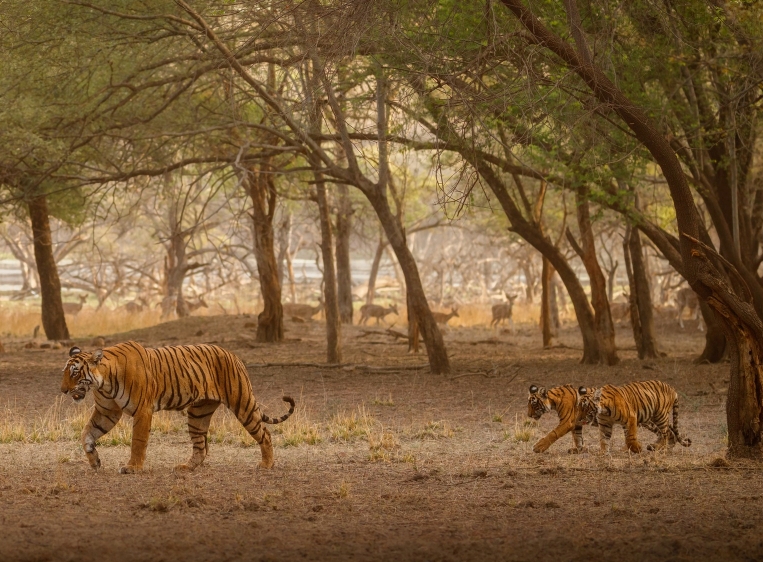
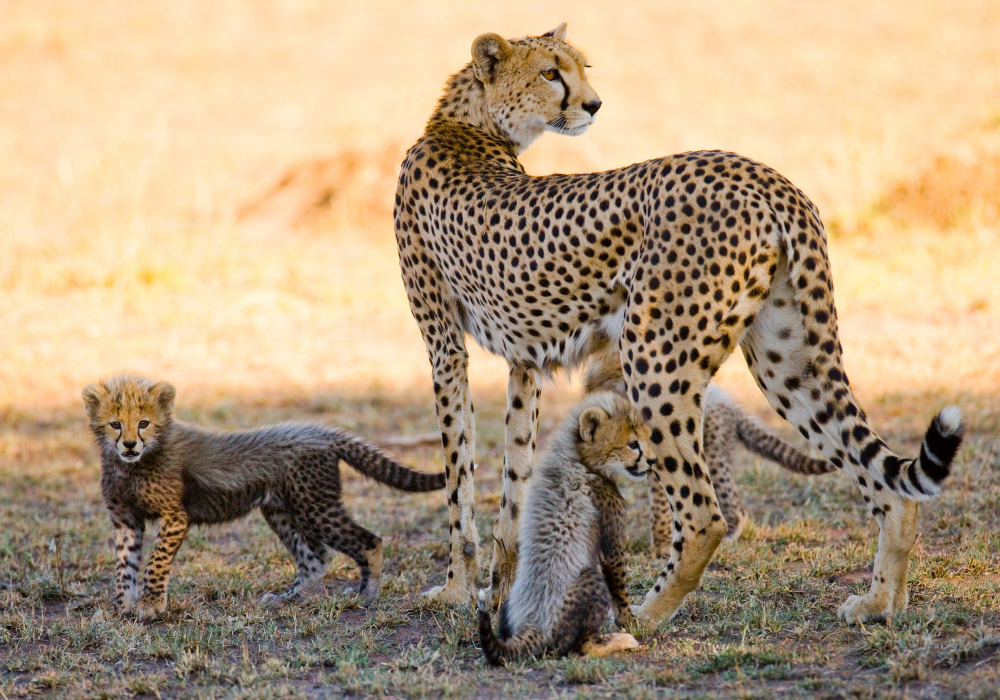
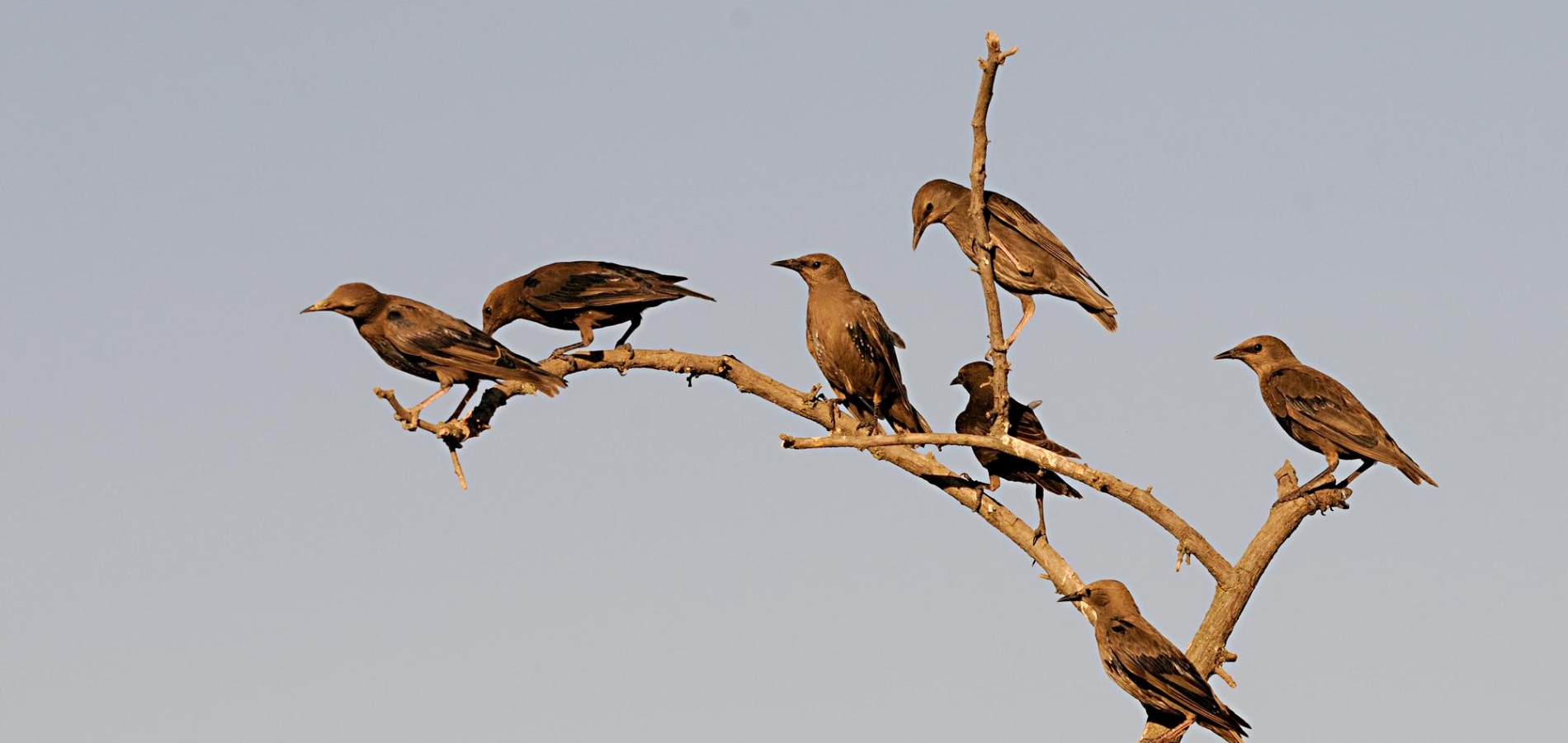
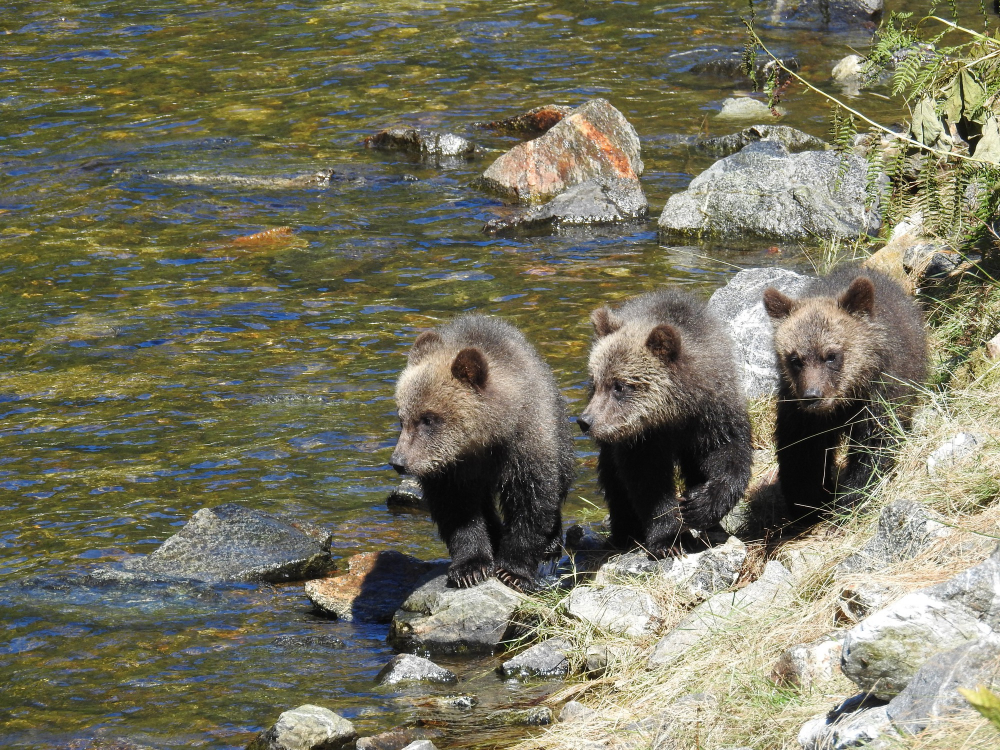
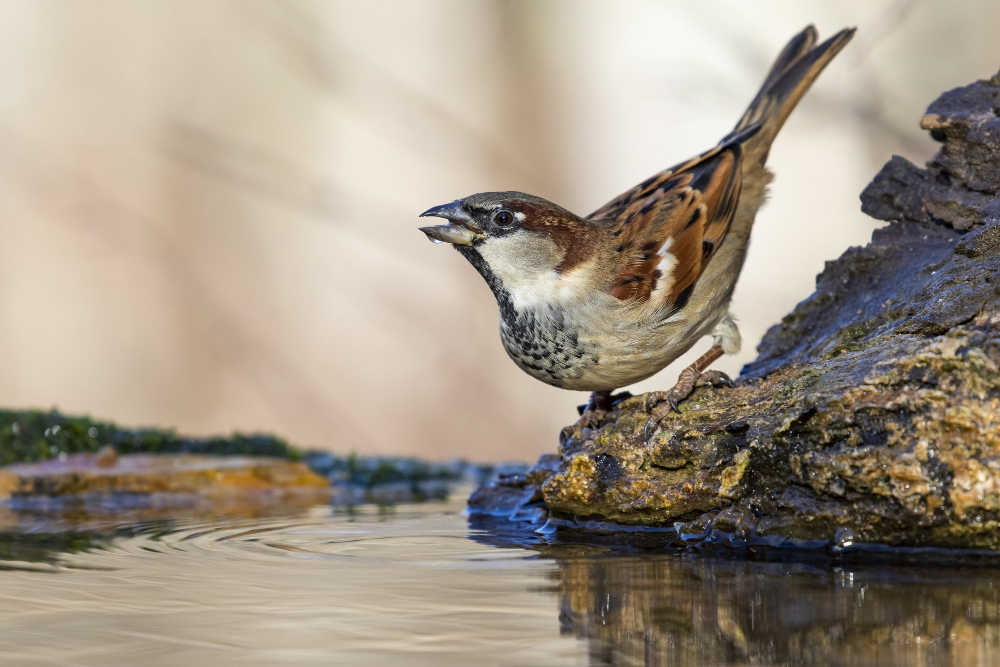
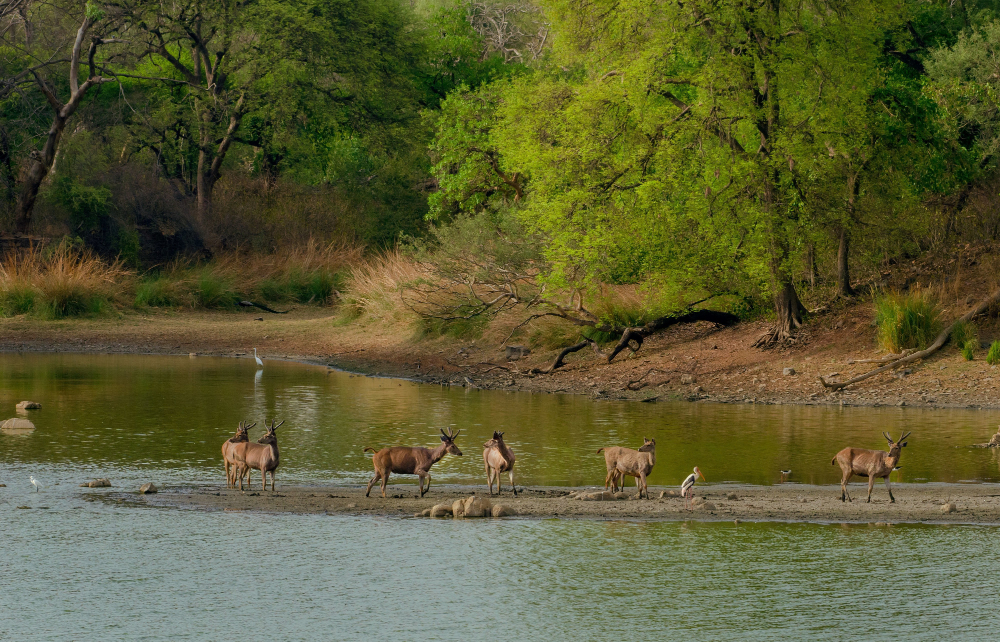
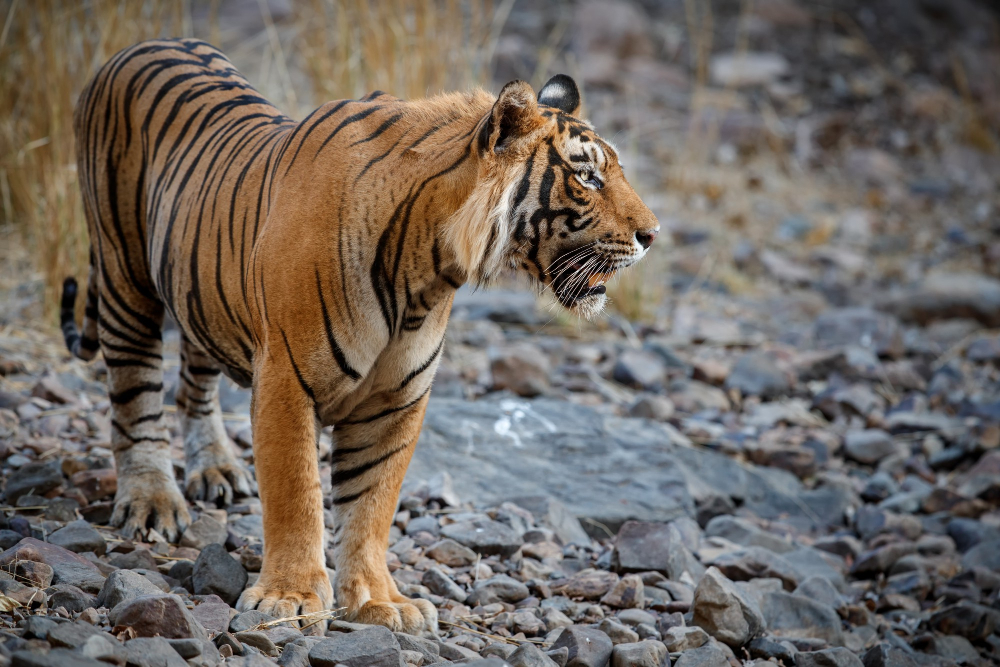
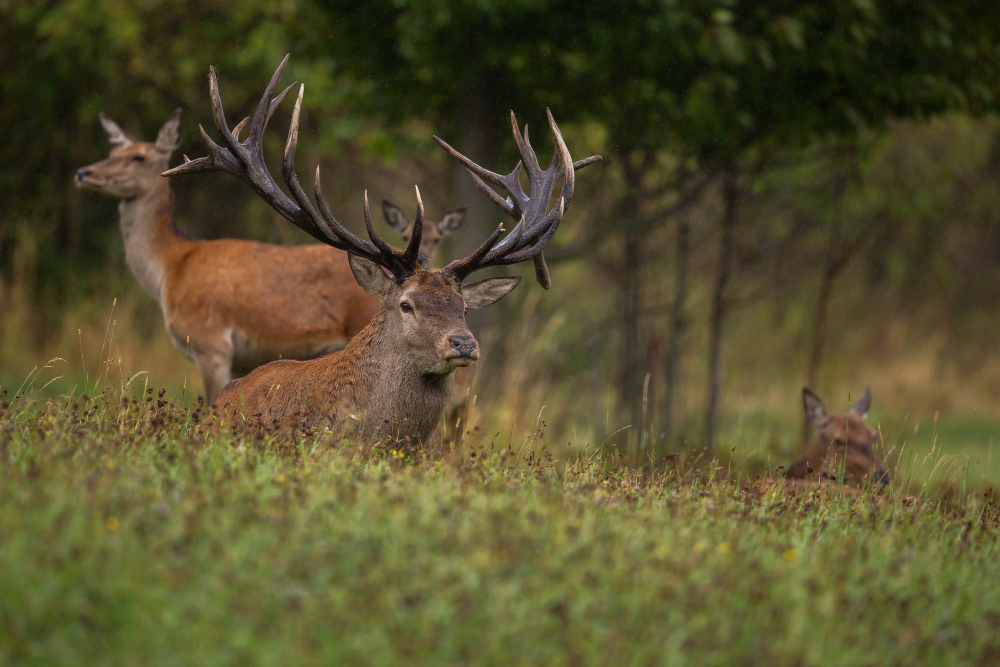
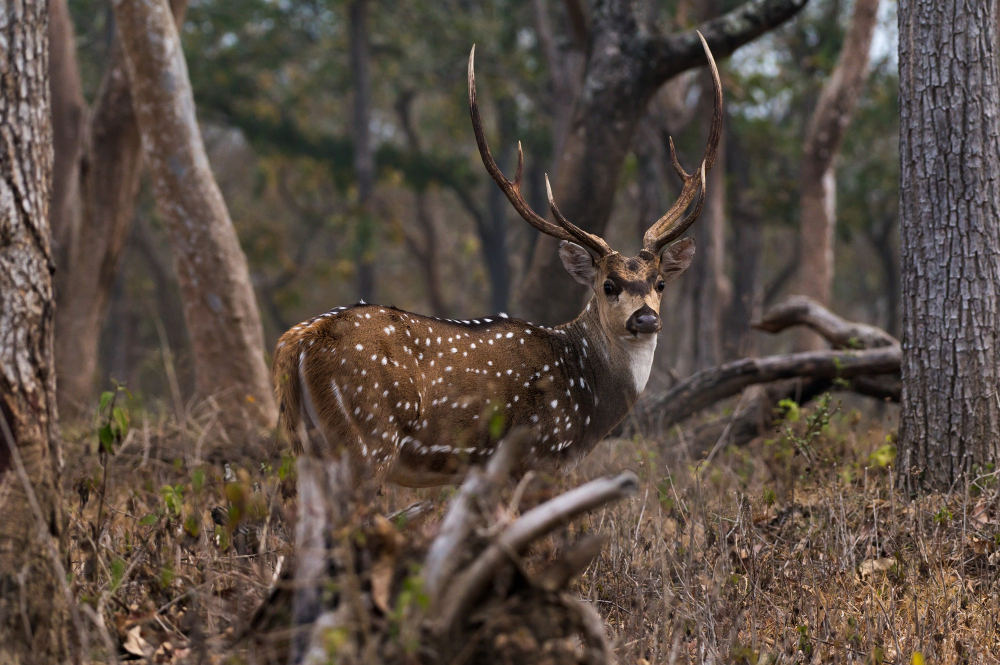
The dense Sal and bamboo forests, the amazing wildlife and grasslands of Kanha National Park were the source of inspiration to Rudyard Kipling,
Kaziranga National Park, the land of Great One-horned Rhinoceroses, is located in Assam, India. The natural beauty of this park are simply enthralling.
Keoladeo Ghana National Park is a famous bird sanctuary located in Bharatpur, Rajasthan.
The Manas National Park is a bio reserve in Assam, North East India state of India and is home to many threatened wildlife species.
Nagarhole National Park in Karnataka is rich in terms of wildlife and vegetation. It comes under the Nilgiri Biosphere Reserve and covers the area in Mysore
Periyar Wildlife Sanctuary is located in the Pathanamthitta and Idukki districts of Kerala, India. It is one of the most popular national parks in south India.
One of the largest national parks in northern India, Ranthambore National Park is located in the Sawai Madhopur district of Rajasthan, India.
Sariska National Park is located in the Alwar district of Rajasthan and is a famous tiger reserve. The park presently covers about 866 km² of dry deciduous forests and grasslands.
Sundarbans National Park, Sunderbans meaning beautiful forest, is one of the largest tiger reserves in India. It is a part of Ganges Delta and is densely covered by mangrove forests.
The Bandhavgarh National Park in Madhya Pradesh, India is best known for its tiger population. With a combined 448 square km of the protected and buffer zone.
Bandipur National Park supports a wide variety of wildlife in the protected area. Many endangered species of plants, mammals, birds and reptiles can be found in this national park.
Corbett National Park is also known as Jim Corbett National Park and is named after Jim Corbett, a renowned hunter who turned into a conservationist and author after his retirement.
In the Great Indian Desert (Thar Desert), lies the Little Runn of Kutch in the Kutch district of Gujarat, India. It is the last refuge of Indian Wild Ass or Khur.
Dudhwa National Park is located in the outer foothills of Himalayas in Uttar Pradesh, near the India-Nepal border. It covers about 490 sq. km of forest land with a buffer zone of 150 sq. km.
The Gir Forest National Park located in Gujarat state of India, is the last and only home of the Asiatic Lions in all of Asia. It is the only place outside African continent to see Lions in their natural habitals.
Copyright 2023, All Rights Reserved.